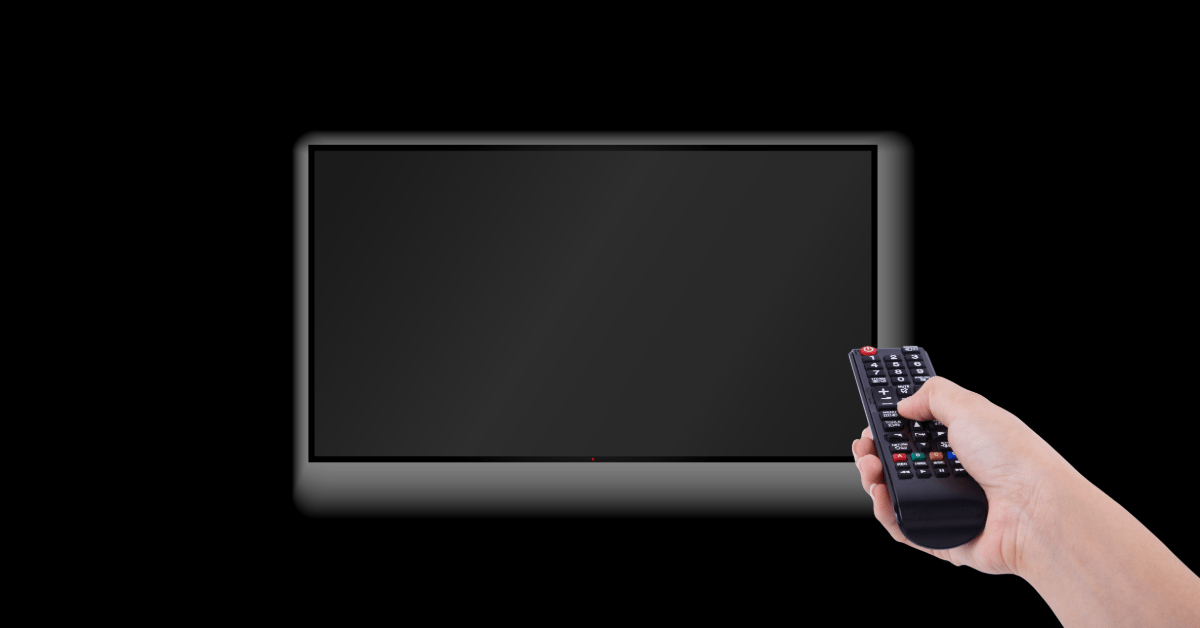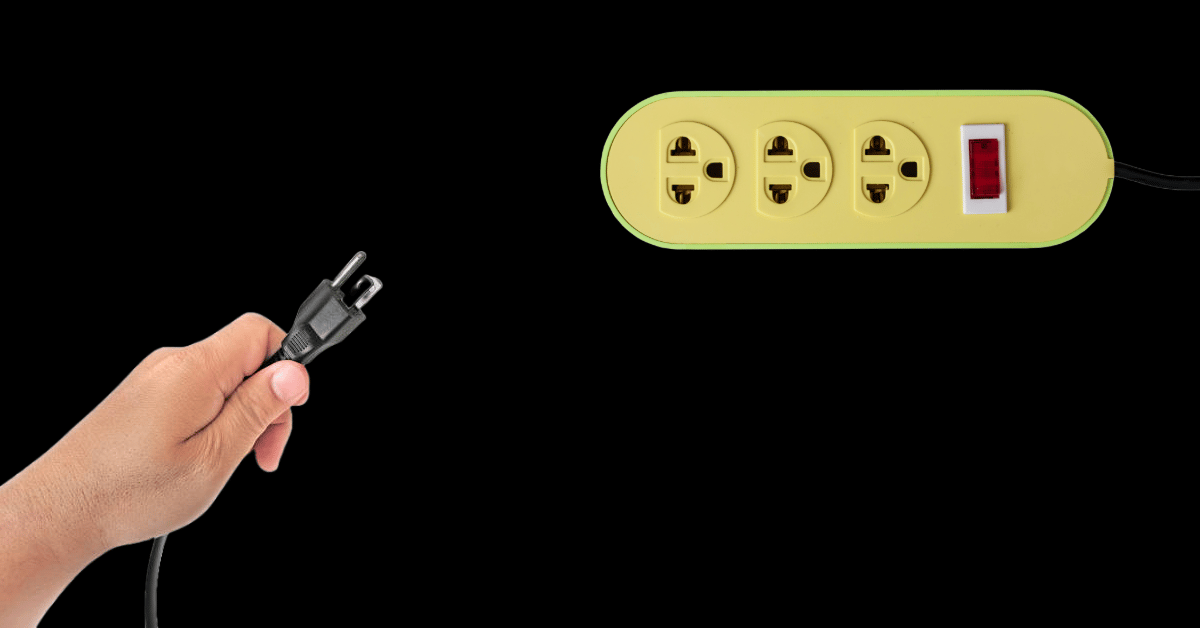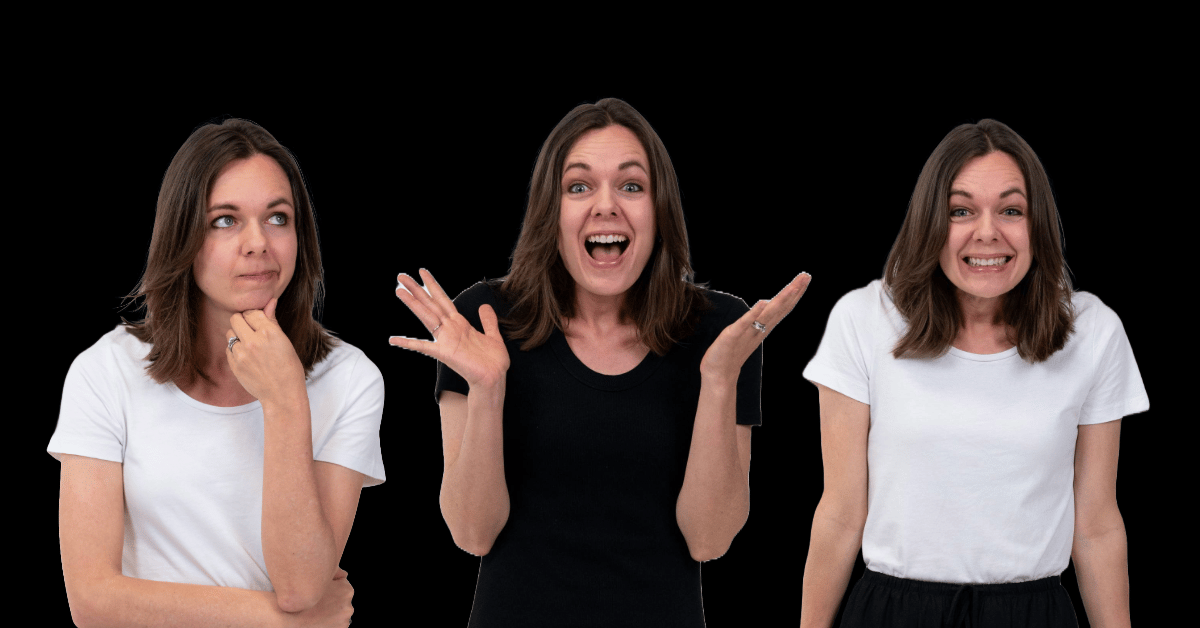
No spoilers, I’m watching a good show - YOURS.
More specifically I’m watching your content strategy unfold, and if you’re rolling it out right, it should feel a bit like watching a season of a good TV show. In this day and age, you gotta think of your brand like a media company in terms of how you sell your product and the story you’re telling alongside it. Because if nobody cares about the product you’re dropping, well hey, they’ll at least care about the plot!
- Devin Pike, Guest Editor 💜
Stop winging it. Start running paid ads that work.
Join us for a 90-minute workshop that replaces guesswork with a step-by-step setup for profitable campaigns that turn scrolls into sales.
In this session, you’ll learn:
✅ How to set up your first (or next) campaign so it’s built to convert
✅ The one thing every successful campaign gets right
✅ How to track what’s working & tweak what’s not
PLUS The latest best practices for Meta ads in 2025.
Ask questions. Get answers. Leave ready to grow your sales and scale your business.
Wednesday, 30 July | 8:30–10:00am NZT | $59 NZD
WHAT’S HAPPENING IN MARKETING TODAY?
X attacks ads with too many emojis, flat-lays are so back & Tesla turns the grill on as their cars turn off

X restricts emoji use in promoted posts
An attempt to extract all kinds of joy from the platform?? I guess? After recently outlawing hashtags in promoted posts, Musk takes aim at another aesthetic element: going as far as to restrict ads that contain more than one emoji.
Because, I guess, reasons. Like “they look bad” and “clutter the feed”. Hmmmm... one could argue that xenophobic, homophobic and white supremacist content "look bad" and "clutter the feed" on X too, no? Food for thought, Elon...
The return of the iconic fashion flat-lay??
Oh, we are so back. I remember the days of Polyvore like a sickly-sweet Midsummer Night's Dream, and as the blueprint of peak 2000s internet culture: the fashion flat-lay. The site gamified styling and e-commerce with cut-and-paste shoppable outfits, like Barbie Beauty Boutique but for (semi) adults.
Then SSENSE acquired it, shut it down, and abandoned us all. Now, we are claiming them back, because now we have jobs in marketing, and we have the power. Mwahaha. They’re popping up in trends like “the art of what’s in my bag” and I’m so here for it. Now, excuse me while I go make my own.
Tesla turns to hospitality as car sales slump.
Every time I see Tesla in the headlines I see a vision of a sinking ship and all the crew screaming while a giant Kraken splits it in half. Cars didn’t work, so let’s try the closest, most natural next-best option - restaurants?
The much hyped Tesla Diner is officially open in LA. The concept is that because 7 in 10 people shop in surrounding businesses while charging their vehicles, and 80% of those end up making a purchase, why not put a restaurant there? For Elon that’s two birds one stone, and an opportunity to give customers a lower cost entry point to the Tesla brand while still profiting off existing clientele. That’s cool and all, but I think I'll still take my large fries and chocolate shake without the side of robot, thanks.
-Sophie Randell, Writer
DEEP DIVE
Why your content strategy should feel like a TV show

Your brand should be built like a media company. Because if no one cares about your product drop, they’ll care about the plot.
Imma be bold and say: most brands don’t have a content strategy, they have a post schedule. A rotating carousel of promo posts, lifestyle shots, and awareness weeks, all filed under the vague promise of “engagement". But here’s the thing: engagement isn’t strategy. Content isn’t culture. And visibility without meaning is just noise. If your brand wants to be more than just a product in someone’s feed, maybe we should stop thinking like marketers, and start thinking like a media company.
What do I even mean by that?
Well, what I don’t mean, is making more content for content’s sake. It means treating your brand like a living, breathing narrative ecosystem. A media company doesn’t just create content, it also:
Builds characters (that’s your tone, spokespeople, ambassadors)
Develops story arcs (launches, themes, drops, comebacks)
Plans distribution (platform-native formats, not cross-posting chaos)
Speaks to an audience that tunes in on purpose
Because the goal here isn’t reach, It’s return visits. You want people to come back not just to shop, but to see what happens next.
Why does this matter now?
1. People consume brands the way they consume media
They scroll, binge, skip, mute, remix. They don’t want ads, they want stories. If your brand only shows up when you want to sell something, you're a pop-up, not a presence.
2. Algorithms reward consistency and coherence
TikTok, Reels, YouTube, these are attention engines, not ad platforms. They want people to watch, not just click. Those who do it right are the ones who have a tone, a POV, and a recognisable rhythm.
3. Loyalty comes from narrative, not novelty
Anyone can launch a product. Not everyone can tell a story that sticks. If you want repeat customers, repeat chapters matter more than one-hit campaigns.
Alright then, what does a “media company” brand look like in practice?
Here’s how you build it:
1. Establish your editorial north star
What’s your brand actually here to talk about beyond products and promos? Think about:
Themes (e.g. freedom, self-expression, rest, ritual, rebellion)
Ongoing obsessions (e.g. fashion subcultures, food rituals, productivity hacks)
Cultural POV (what you stand for, what you find ridiculous, what you never shut up about)
Your content pillars aren’t just categories. They’re conversations you’re committed to hosting.
2. Build out characters
Every great media brand has people, real or stylised, who carry the story. That could be:
A founder who shows up like a narrator
A rotating cast of creators, fans, or ambassadors
A fictional persona (see: Duolingo owl, Slim Jim’s chaos intern)
Even your tone of voice, if it’s strong enough to feel like a character in itself
People don’t bond with logos. They bond with other people.
3. Think in episodes, or seasons, not posts
Start treating your content like a serialized show. Instead of “Monday motivation” and “Thursday throwbacks", ask:
What story are we telling this month?
How does this week’s content move the plot forward?
What’s the arc of this product launch or campaign?
Binge-worthy brands create anticipation. They leave breadcrumbs. They turn every drop or announcement into an event, not just another square.
4. Create for platforms, not placements
Media companies know how to tailor format to context. A joke that kills on TikTok might flop on Instagram. A deep-dive essay might work on LinkedIn, but not as a Reel.
Don’t just duplicate content across channels. Customise the storytelling - and the pacing - to suit the medium. Treat each platform like its own show.
5. Measure for affinity, not just attention
Metrics like reach and impressions are nice, but the real value lives in:
Watch time
Repeat viewers
Saves and shares
UGC and community memes
People using your brand language without being prompted
That’s media company energy. That’s how you know it’s working. Most brands are still playing content whack-a-mole. The savvier ones are building worlds. Instead of interrupting culture, they add to it. Instead of merely selling stuff, they host conversations. and instead of begging for attention, they earn it, again and again. So maybe it’s time we stop planning our next campaign like a brand. Start producing your next season like a showrunner.
SO, in short:
Content is not longer king, narrative has dethroned it.
Be consistent, not chaotic (yes, I’m heavy on the chaos shade right now)
Build a brand people want to follow, not just buy from.
Treat every launch like a new episode or season.
Don’t just ask for attention, create something bigger, something worth tuning in for.
Want help plotting your big season arc? Not to worry - I can help you plan some big twists… and maybe shatter some fourth walls. 😉
-Sophie Randell, Writer
TREND PLUG
How many baby daddies do you have?

Are you a victim of dumb questions like “How many baby daddies do you have?” Don’t worry, there’s a trend for that.
How many baby daddies it takes to make one daughter aside, there’s a whole corner of the internet dedicated to stupid conversations.
This audio, ripped from Lewky’s viral parody of an already unhinged chat, will probably never cease to leave most of us speechless. Luckily, for your entertainment value, there’s plenty more where that came from…
Creators are using it to call out the most brain-melting convos they’ve had to sit through — the ones where logic left the chat and common sense never showed up to begin with.
From the assumption that South Africans ride lions to school, to questioning whether the foot attached to the prosthetic leg is also fake… it’s a wild, wild world we live in!
How you can jump on this trend
First, record yourself lip-syncing to the audio. You’re going to play both the person asking the question and the person confused by it.
Then, using text overlay timed to the questions/answers in the audio, explain a bizarre conversation you’ve had that left you utterly confused and slightly disillusioned in humanity.
A few ideas to get you started:
“Your team handles social media?”
“Yep, content strategy, production, reporting — the works!”
“So you scroll Instagram and call it work?”
“You helped with their rebrand?”
“Yeah, we repositioned the company after a merger.”
“So… you just made the logo pink?”
- Helena Masters, Copywriter
FOR THE GROUP CHAT
😲WTF: RIP Hulk Hogan
❤How wholesome: a memory she’ll never forget
😊Soooo satisfying: ORBEEZ
🍝What you should make for dinner tonight: Slow-cooked Beef Stroganoff
TODAY ON THE YAP PODCAST
Want even more “YAP”ing? Check out the full podcast here.
ASK THE EDITOR

Any suggestions of best tools to edit video content (paid vs free)? – Prajesh
Hey Prajesh!
It honestly doesn’t matter which tool you use. So just pick one and learn how to use it! If you're editing on mobile, the Instagram editing tools or CapCut are solid, free options. On desktop, Adobe Premiere or DaVinci Resolve work great. Others use Final Cut Pro or even Picsart with success.
Don't let picking the perfect tool slow you down when it comes to creating content. Whether your videos are successful has nothing to do with what editing tool you use. So just choose a tool, then focus on using it to tell a good story through your content.
- Charlotte Ellis, Editor ♡
